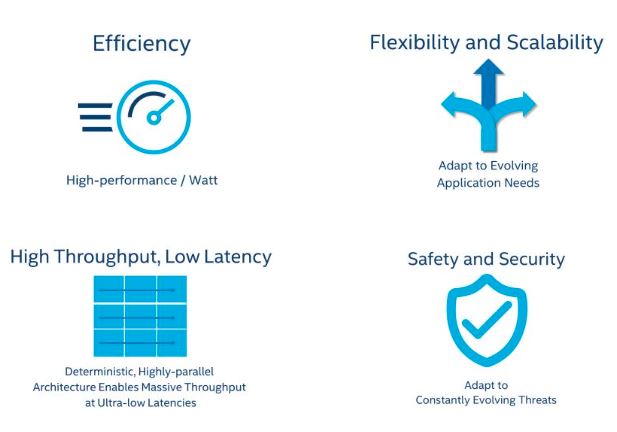Advanced Driver Assistance Systems and Automation: Intel
 Meghna Manoj Nair
Meghna Manoj Nair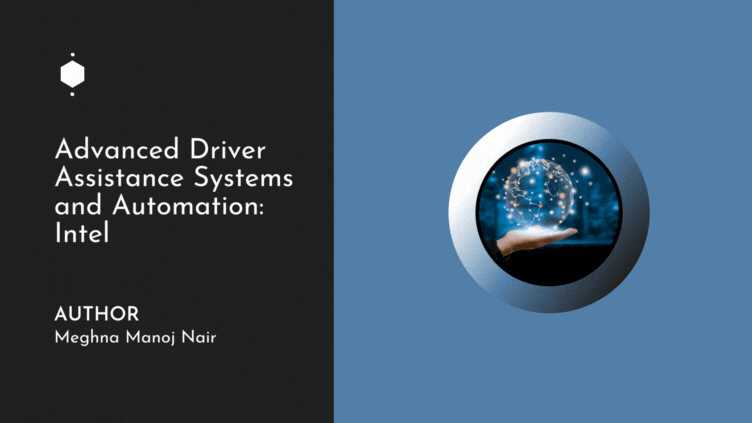
In a world where technology has rapidly revolutionized almost every other discipline of life, the transportation sector is one of the highly impacted areas - automation in driving being the latest and most innovative add-ons. Autonomous vehicles as a concept is quite common in the world today, especially with the growing significance of Intelligent Transportation Systems (ITS).
An autonomous vehicle is the one that can operate itself and perform the required driving functions without any human intervention. Practically, it utilizes a fully automated driving system to enable the vehicle to respond to external conditions that a human driver would manage.
That said, there are six possible levels of automation and with every subsequent level, the automation further increases.
Level 0: Here, the vehicle is not automated and requires the driver to perform all functions of driving.
Level 1: In this level, the vehicle’s Advanced Driver Assistance System (ADAS) has the ability to support the driver with either steering/accelerating and braking.
Level 2: Here, the ADAS can take care of steering, acceleration, and the brakes. However, the driver needs to continue paying attention to the surrounding environment and take necessary actions when required.
Level 3: The Advanced Driving System (ADS) can perform all parts of the driving task in some conditions, but the human driver is will be able to regain control when requested to do so by the ADS.
Level 4: Here, the ADS is able to perform all driving tasks independently in certain conditions in which human attention is not required.
Level 5: This final level includes full automation such that the ADS framework of the vehicle is capable of performing all tasks under all conditions without any human interference.
Who's investing in Autonomous Vehicles?
The fact that autonomous vehicles can ease lives of all those drivers who aren't particularly interested in driving long hours or waiting in traffic is the main highlight. Even though it seems way beyond human efforts and intelligence in retrospect, autonomous vehicles are impacting our society, and more companies are starting to invest in this new and fascinating technology.
1. Tesla
The infamous and top-notch company in the field of autonomous vehicles and self-driving made a name for itself with their various self-driving automobiles, with cars like the Model S and Model Y being some of the most prominent Tesla vehicles. The radar and ultrasonic sensors used by Tesla significantly contribute to the safety of the vehicle and for gauging object detection and object tracking.
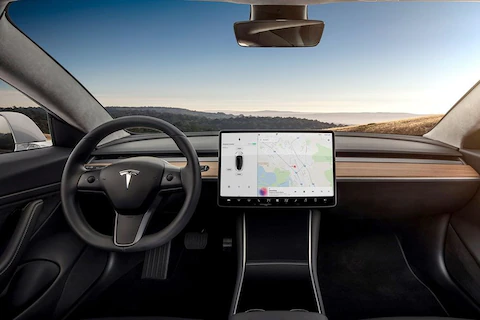
2. Waymo Formerly known as the self-driving car project of Google, Waymo has paved its way towards eliminating human error leading to fatal crashes with every passing year. The cameras, vision sensors, and LiDAR technology used offers utmost precision and accuracy, ensuring that the system makes intelligent decisions and plans an efficient route for passengers to safely make it from point A to point B.
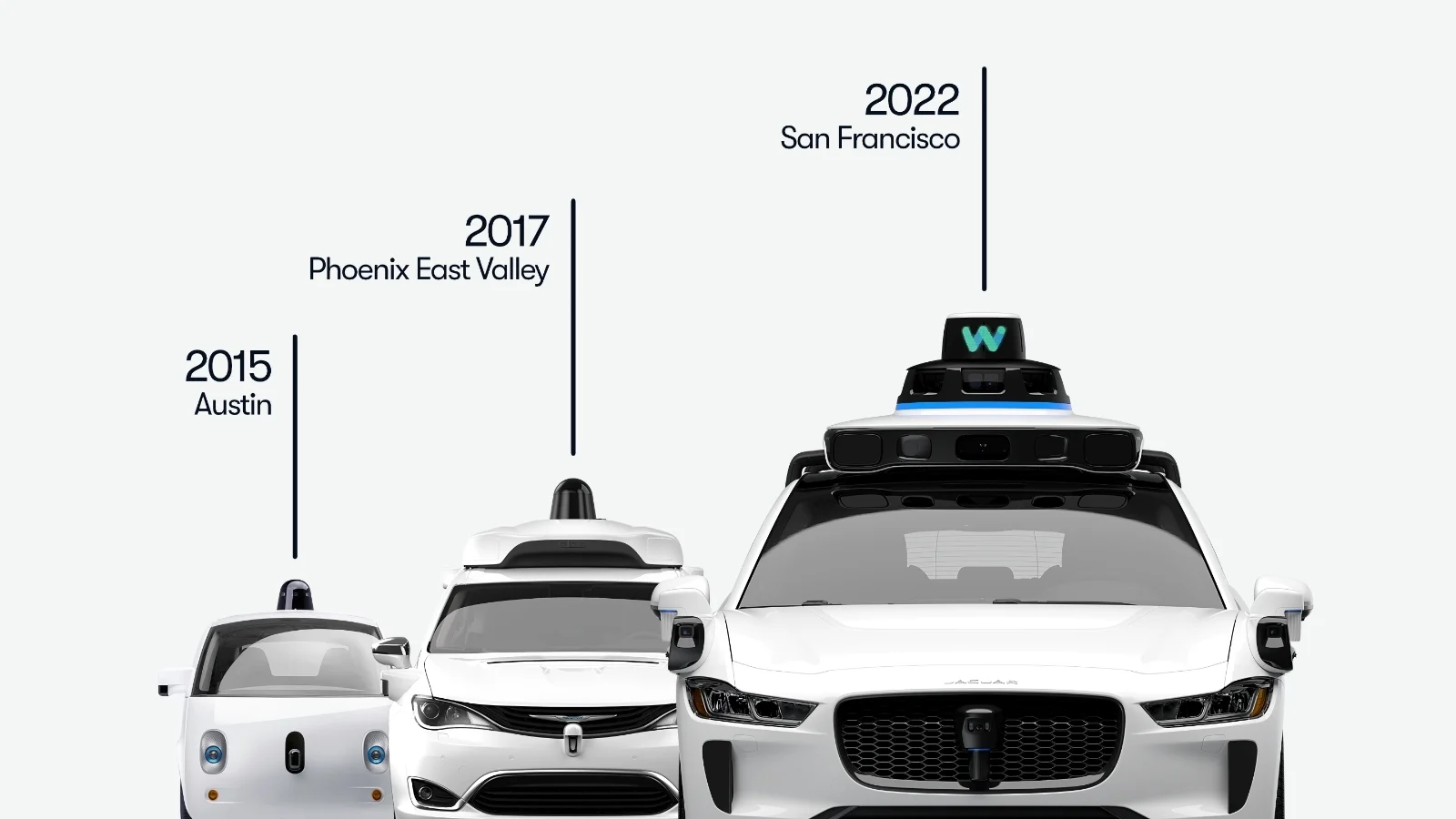
3. Nvidia
This company's automated vehicle technology mainly aims towards providing safety to passengers in self-driving vehicle. With Nvidia’s chip technology providing redundancy and fail-over safety, the vehicle will go through many steps to ensure the decision is correct when driving, for example, planning efficient routes and evading objects on the road. Additionally, vehicles using Nvidia do not have to worry about eyes on the road with 12 cameras, nine radars, and many other sensors scanning the road for potential hazards.
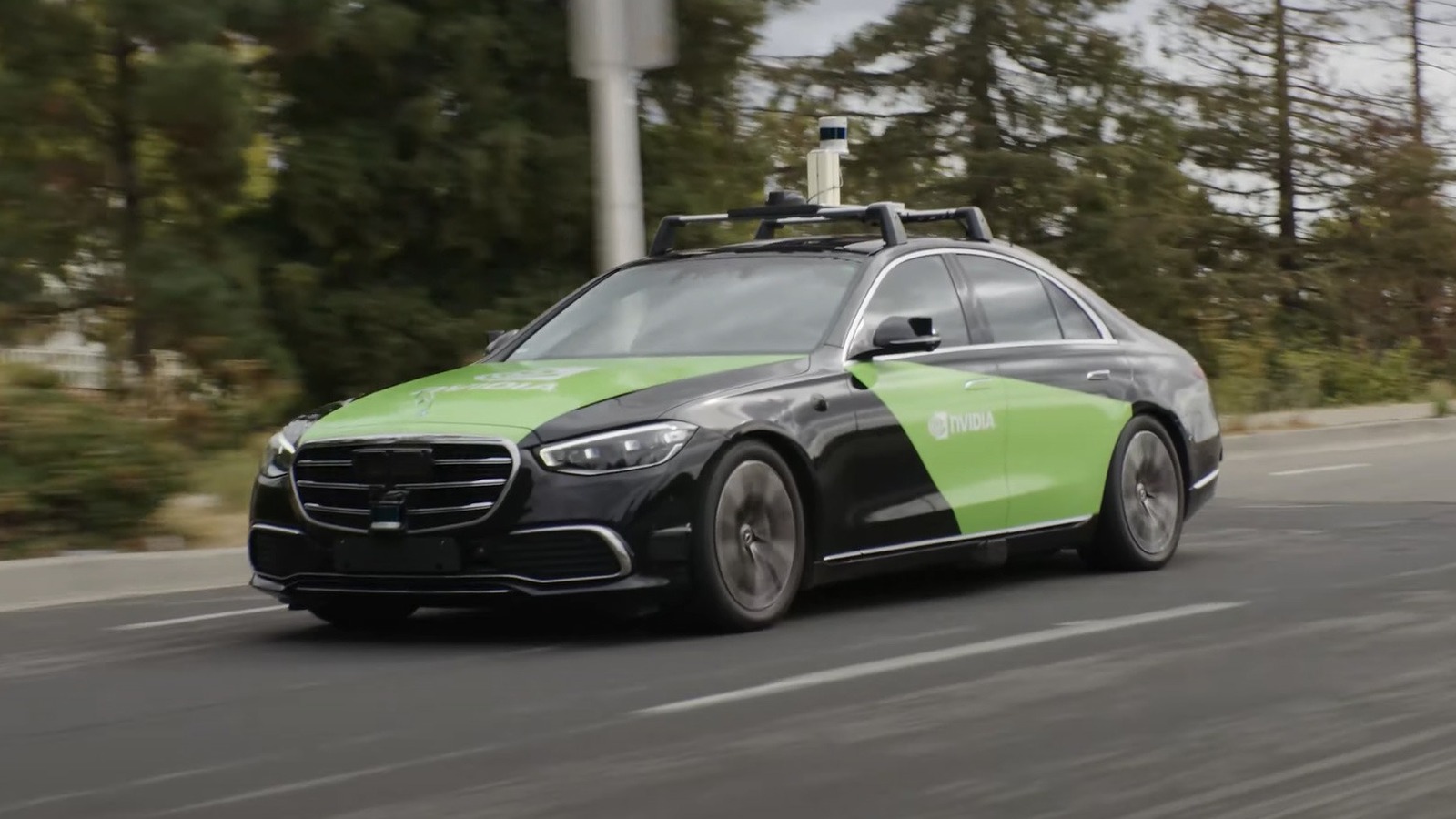
Companies like Zoox, Argo.ai, Momenta, Cruise, Pony.ai, et. are some of the other up and comping contributors who are building autonomous vehicles.
Accelerate Automotive with Intel Field Programmable Gate Array (FPGAS)
As we all know, Intel is one of the leading companies in the field of Programmable Logic Device (PLD) technology within the Automotive industry. With rapidly evolving standards and requirements for Advanced Driver Assisted Systems (ADAS) and In-Vehicle Experience (IVE) applications, the need for flexibility and faster development cycles, while maintaining a high performance-per-watt is the primary concern for system designers.
FPGA is a semiconductor IC where a large majority of the electrical functionality inside the device can be changed; changed by the design engineer, changed during the PCB assembly process, or even changed after the equipment has been shipped to customers out in the ‘field’. By combining reprogrammable FPGAs with an expanding range of automotive-grade products, Intel FPGAs enable automotive engineers to meet their design requirements and stay ahead in an evolving industry.
The main advantages of FPGA is its high efficiency, flexibility, scalability, throughput, safety, and security, and low latency.
Autonomous Driving with Intel
The ADAS segments are undergoing a metamorphosis, driving complex requirements for compute and sensing capabilities. In order to stay on the cutting-edge of this competitive landscape, automotive system-design engineers need to engineer the right computing architectures. FPGAs provide a unique advantage over other silicon solutions and are ideal to meet the evolving requirements in the Autonomous Driving industry.
In-Vehicle Experience
The other most important aspect of autonomous driving is their experience during the journey, or in other words, the In-Vehicle Experience. It's essential for the experience to be interactive, seamless, and robust. The major trends involved in autonomous intelligent vehicles these days include:
- Visual data (more displays, higher resolutions, unique surfaces, projection-based systems)
- Unique features such as gesture, speech and voice recognition, Driver Monitoring System, Lane Departure Warning and Blind Spot Detection
The best part of Intel FPGAs is its ability to design such advanced frameworks with unique and distinctive features.
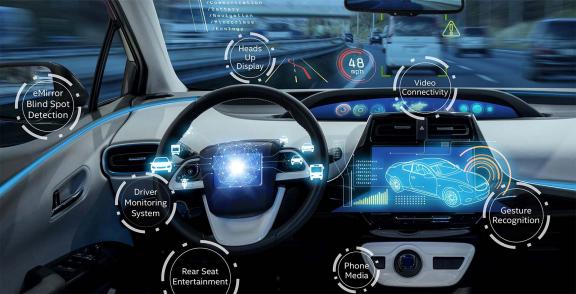
With this, we have come to the end of this blog which gives you a brief overview of autonomous vehicles and Intel FPGA's.
Subscribe to my newsletter
Read articles from Meghna Manoj Nair directly inside your inbox. Subscribe to the newsletter, and don't miss out.
Written by

